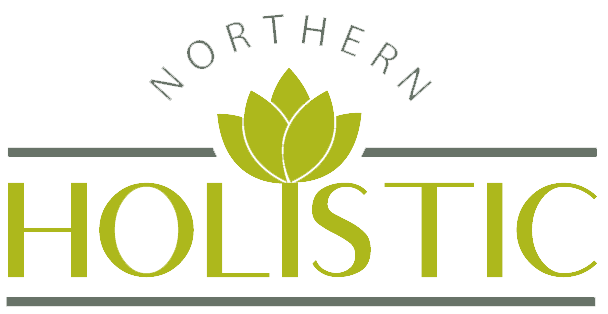Many people forgo warming up and cooling down in order to save time, but this practice can be counterproductive. It’s true that the main part of a workout is essential, however it is important to incorporate warm-up and cool-down activities too. Not incorporating these into their routine could lead to undesired results.
Before exercising, it is important to warm up your body to prepare for physical activity. Doing light cardio activities such as a speed walk, mild jog, or cycling slowly on a bike help improve your athletic performance and prevent injuries. Additionally, warming up increases the blood flow to your muscles, raises the temperature of your body, and reduces the risk of strain during your workout since your muscles are properly warmed-up. This also minimizes muscle soreness after exercise.
Getting your heart rate up is important when you exercise. It helps to get the blood moving throughout your body. Increasing your heart rate can have a beneficial impact on your health and wellbeing, because it helps to strengthen your cardiovascular system.
Hop onto a cardio machine and gradually increase your heart rate, or do a functional full-body warm-up like star jumps, high knees, mountain climbers, or squats for 20-30 seconds. Follow it up with dynamic stretches!
You can get your body ready for the upcoming workout by performing various exercises that focus on increasing circulation and elasticity, like arm, shoulder, hip, knee, ankle-wrist and neck rotations, walking lunges and bodyweight squats.
It’s essential to activate core muscle groups that are most used during exercise. This could involve performing glute bridges, lying leg extensions and hamstring bridges. Wall angels, side-lying Thoracic spine rotation with arm reach, rotator cuff external rotations, banded reverse rows – even basic press-ups – are all excellent methods of stimulating the upper body muscles. After a workout session has been completed, it’s important to cool down the muscles with stretching and light exercise.
Depending on your flexibility goal, you may want to consider various types of stretching such as ballistic, dynamic, active, passive, static, isometric or PNF.
Need a little extra help? Book a massage and you’ll be feeling relaxed and healthier faster than you know it!



